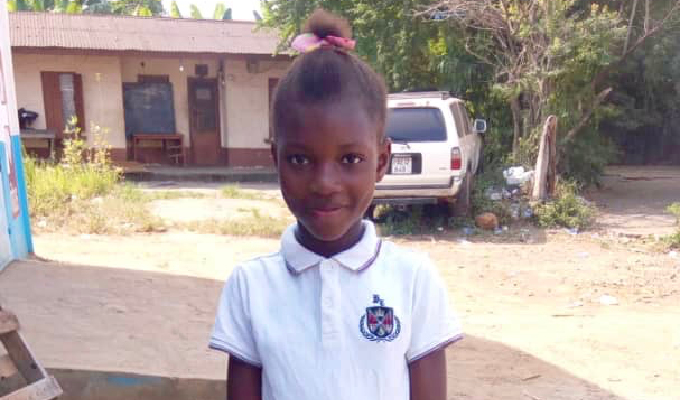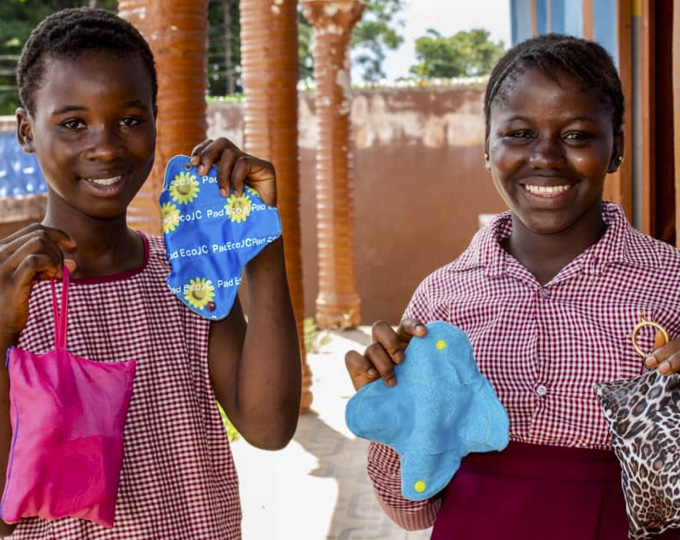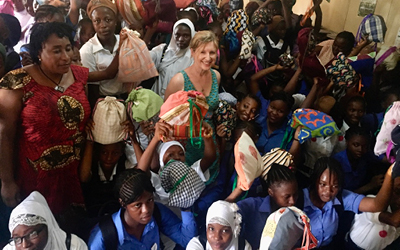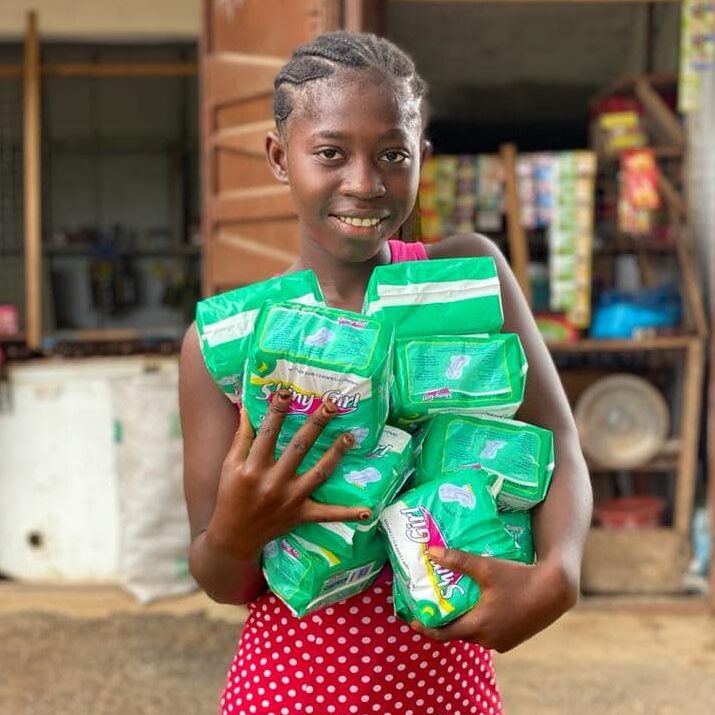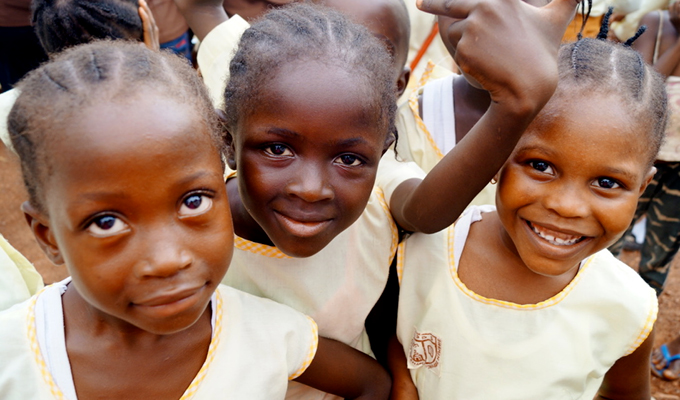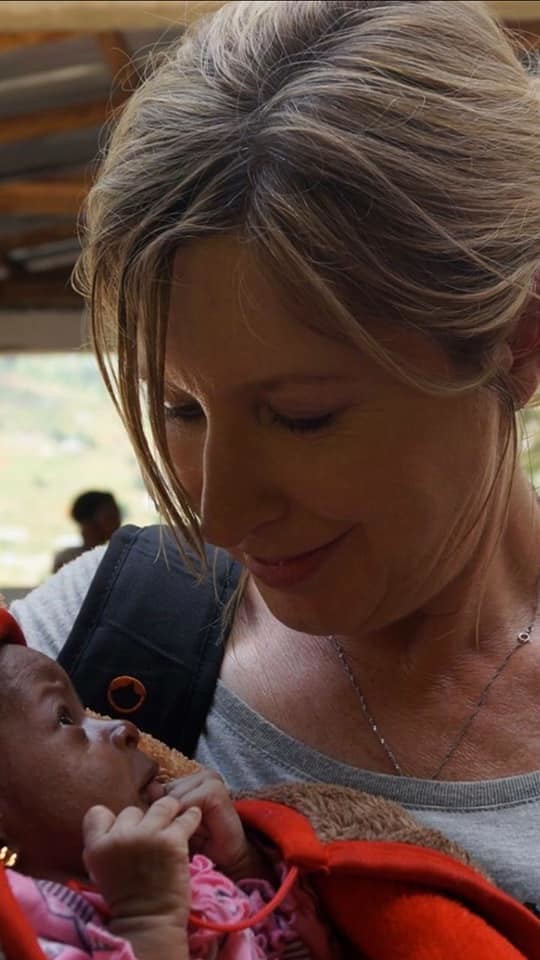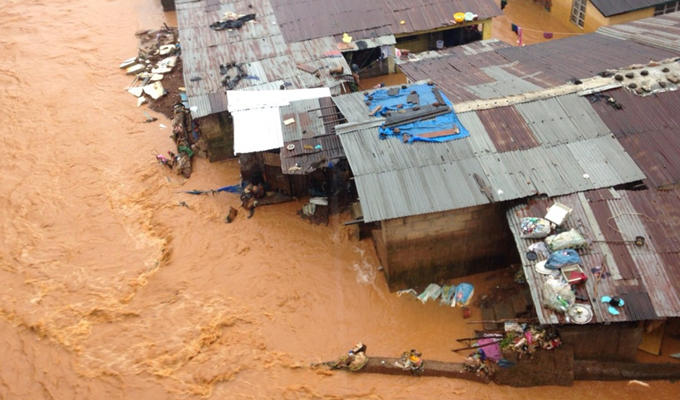
Mitigating Climate change, one educated girl at a time
Not only is education key to bringing countries like Sierra Leone out of poverty, but it is also critical for the health of our planet. Educating girls has been determined to be one of the top 100 ways to combat climate change. So much so, in fact, that it was ranked 6 out of 100 solutions to reduce CO2 emissions. This ranking was determined by a thorough analysis, published in the book Drawdown, edited by Paul Hawken. A whopping 59.6 Gigatons of CO2 can be reduced by 2050 if the world committed to filling the massive educational financing gap that is currently present in low and low-mid income countries [1].
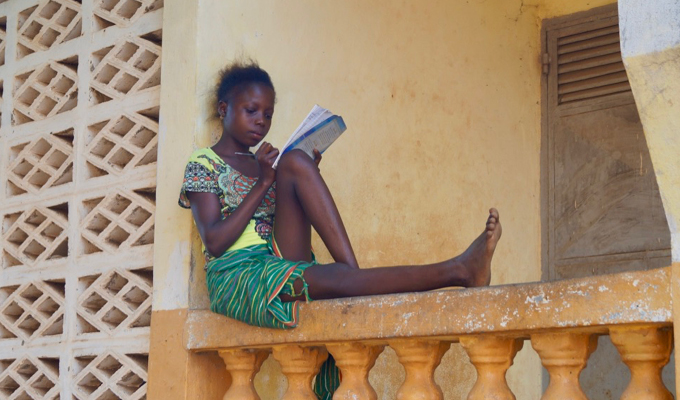
Educating girls is also a cost-competitive carbon abatement strategy [2], meaning that funding girls’ education can be as cost-effective as other climate change mitigation and carbon-abatement strategies. While conventional development literature stresses the importance of educating girls for the sake of carbon reduction in the form of limiting population growth [1, 2], we must stress that it is not this merit that we consider critical. Rather, what we consider to be important is that education provides girls and women more opportunity to think independently. Education grants the agency that they deserve as a human right. Christina Kwauk, a gender equality specialist, writes that “quality education plays a critical role in fostering girls’ leadership and womens’ capacity to participate in climate decision-making,” [3].
Not only is educating girls important and effective with regard to carbon abatement and climate change mitigation, it is also important and effective with regard to climate change adaptation. Educating girls has been found to be the “single most important” factor associated with reducing vulnerability to natural disasters, [4] many of which are exacerbated by the impacts of climate change. This is a major finding, considering that the impacts of climate change are expected to hit the poor, particularly those in less developed countries, the hardest [5].
The Fig Tree Children’s efforts in assisting orphaned children in Sierra Leone includes paying the child’s school fees directly to the school that they attend.
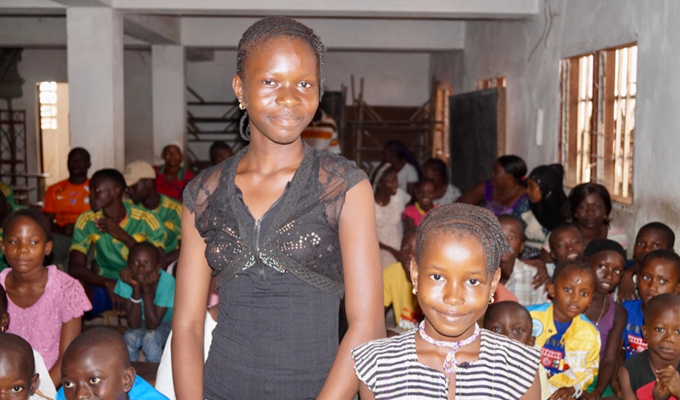
Fig Tree Children such as Binta* and Sinnah* above are young girls who have recently become sponsored and now have access to school, as should be their right.
Christiana*, from the time of this writing, still urgently needs sponsorship to cover her school fees. Girls like Binta*, Sinnah* and Christiana* have the potential to do great things with the education they could get.
*The real names of the children registered with us are replaced by a pseudonym to protect their identity.
Sources:
[1] Hawken, P (ed.) 2017, Drawdown: the most comprehensive plan ever proposed to reverse global warming, Penguin Books, New York, New York.
[2] David Wheeler and Dan Hammer. 2010. “The Economics of Population Policy for Carbon Emissions Reduction in Developing Countries.” CGD Working Paper 229. Washington, D.C.: Center for Global Development.
[3]Kwauk, C 2020, ‘Opinion: Girls’ education as a solution to climate change is about more than fertility’, Devex, 6 April, <https://www.devex.com/news/opinion-girls-education-as-a-solution-to-climate-change-is-about-more-than-fertility-96867>.
[4] Striessnig, E, Lutz, W & Patt, AG 2013, ‘Effects of Educational Attainment on Climate Risk Vulnerability’, Ecology and Society, vol. 18, no. 1.
[5] Mendelsohn, R, Dinar, A & Williams, L 2006, ‘The distributional impact of climate change on rich and poor countries’, Environment and Development Economics, vol. 11, no. 2, pp. 159–178.

